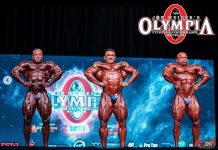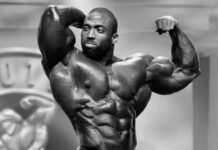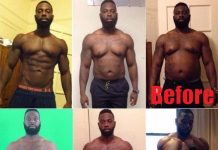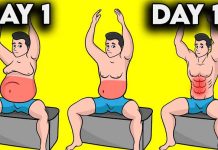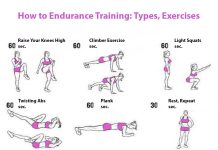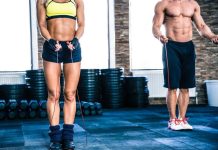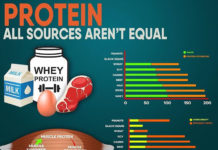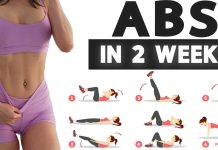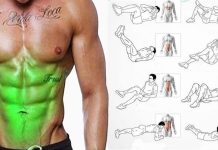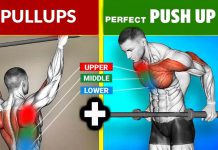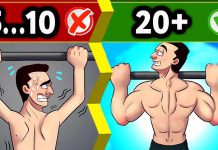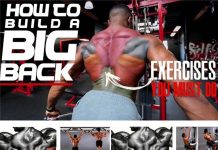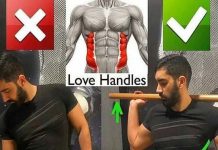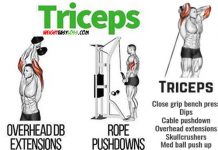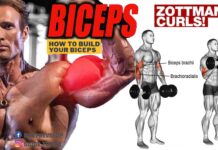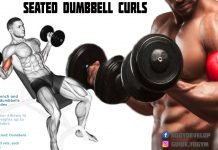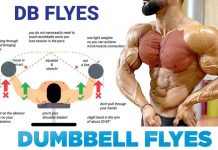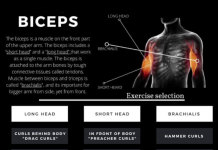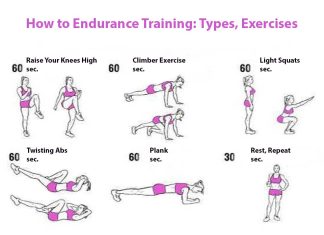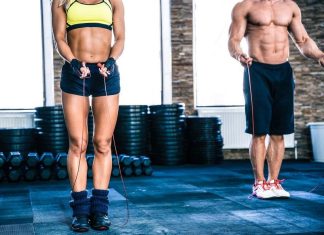🔥3 UNIQUE LEG EXERCISES
🚨 SPLIT SQUAT +STEP UP

🚨 Muscles Worked by Split Squats, Lunges, and Step Ups
Below are the primary muscle groups targeted by these three unilateral leg exercises. Note, that nearly all of these exercises target similar muscle groups, with each exercise targeting slightly different groups more/less than others.
[wp_ad_camp_2]
✅ Quadriceps
All three exercises develop the quadriceps as they all require a lifter to extend the knee as it goes into extension. Depending on the degree of knee flexion, the quadriceps can be targeted more or less. Exercises like the lunge and the step up are two that when done with greater knee flexion angles will target the quadriceps.
✅ Glutes
The glutes are used to increase knee stability and extend the hips in all of these movements. Increased hip flexion angles, often via wider split stances or step heights, can further increase the demands placed upon the glutes.
✅ Hamstrings
[wp_ad_camp_1]
The hamstrings work to support the quadriceps and glutes as the assist in knee stability and hip extension. The more the lifter is bent forwards in the step up/lunge/split squat (increased hip flexion), the greater the loading is placed on the hamstrings.
🚨 WALKING LUNGE + OVERHEAD CARRY

✅ Who Should Do Split Squats, Lunges, and Step Ups?
Below are two common groups of individuals that can benefit from including step ups, lunges, and split squats within training programs.
✅ Strength and Power Athletes
Strength and power athletes rely heavily on lower body leg strength, muscle mass, and movement performance. Exercises like squats, deadlifts, and the Olympic lifts can be enhanced by the inclusion of these exercises in accessory blocks; as they can help to address muscle imbalances and minimize overuse injury often not addressed in bilateral leg exercises.
[wp_ad_camp_4]
✅ Sport and Endurance Athletes
Sport athletes and runners (as well as endurance athletes as a whole) can benefit from including unilateral leg exercises within training programs. Increased unilateral leg strength, improved balance and stability, and enhanced muscular development in sports specific patterns are just a few of the benefits of unilateral leg training for runners and sports athletes.
🚨 PIT SHARK SQUAT

[wp_ad_camp_3]
✅ Strength – Reps and Sets
For strength building sets, athletes can perform lower repetition ranges for more sets.
- 4-6 sets of 3-5 repetitions, resting 2-3 minutes
✅ Hypertrophy – Reps and Sets
Muscle hypertrophy can be accomplished by adding training volume (more reps), time under tension, and/or training towards fatigue.
- 4-6 sets of 6-12 repetitions, resting 1-2 minutes
[wp_ad_camp_5]
✅ Muscle Endurance – Reps and Sets
Some lifters may want to train greater muscle endurance (for sport), in which higher repetition ranges and/or shorter rest periods are recommended.
- 2-3 sets of 12+ repetitions, resting 60-90 seconds between (this is highly sport specific)




